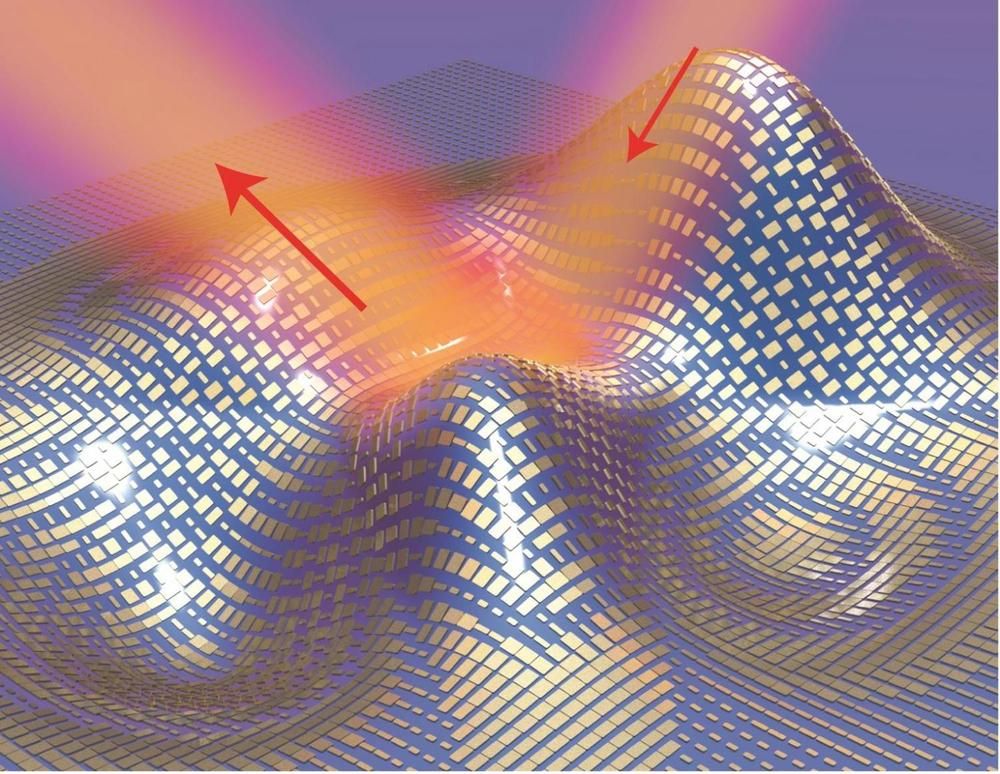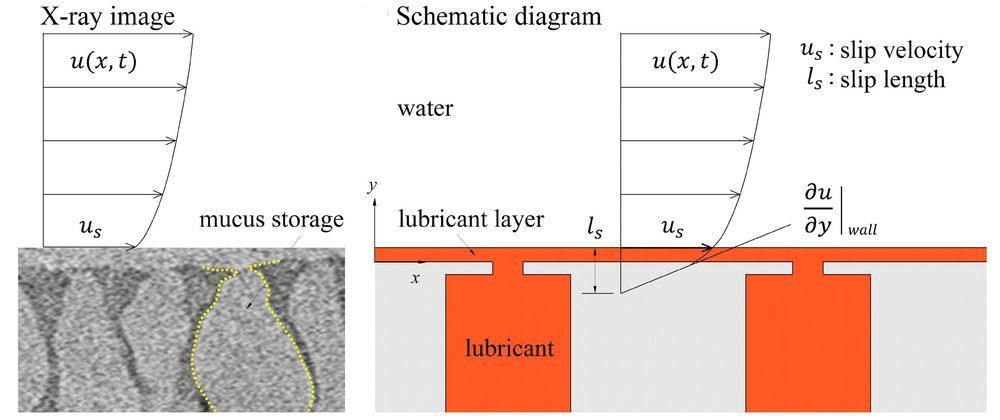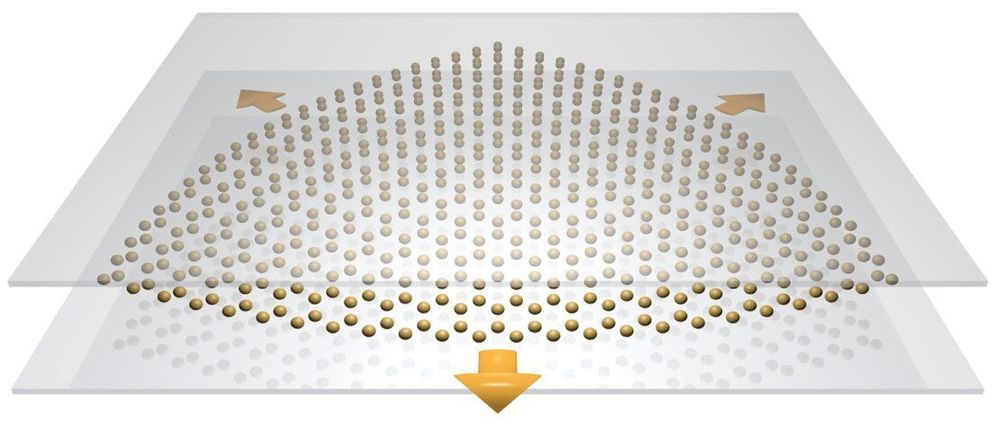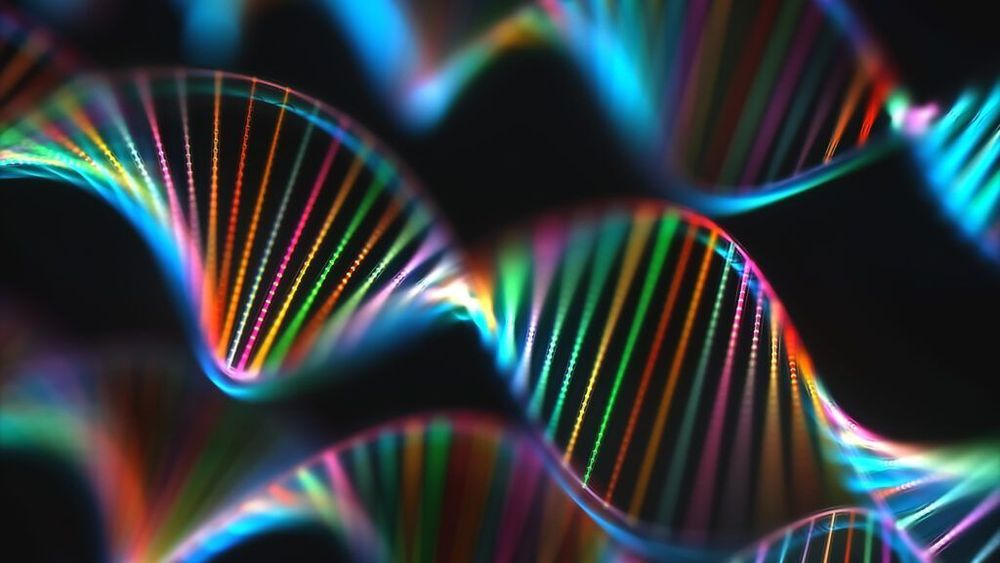Sep 15, 2020
Testing a REAL Invisibility Shield!! (How Good is it?)
Posted by Quinn Sena in category: entertainment
Tate’s Channel: https://www.youtube.com/channel/UC8ascGWjz8_2Aba52Iyy6Xg
MY STORE: https://www.1st.shop/
Today on this episode of UNUSUAL, I’m going to put the Invisible shield technology to the test!
1000’s of PUZZLES Available here: http://www.puzzlemaster.ca/?a=681162
Buy PLAYING CARDS Here: http://bit.ly/2wkbWFz
_______________________________________________________
INSTAGRAM: https://www.instagram.com/chrisramsay52
TWITTER: https://www.twitter.com/chrisramsay52
______________________________________________________
LEARN A TRICK I CREATED HERE: https://sellfy.com/p/OiqQ/
LIKED A SONG I USED? GET IT HERE: http://share.epidemicsound.com/Ramsay
_______________________________________________________
MY MAIN CAMERA: https://amzn.to/2M9Fl9a
SECOND CAMERA: http://amzn.to/2D0bVtU
BEST LENS FOR VLOGS: http://amzn.to/2DeNzth
BIG LENS FOR B-ROLL: http://amzn.to/2ANaqcA
TOP DOWN CAM: http://amzn.to/2COakmY
MIC: http://amzn.to/2AKIHJQ
TRIPOD: http://amzn.to/2EuP9GO
Continue reading “Testing a REAL Invisibility Shield!! (How Good is it?)” »

















